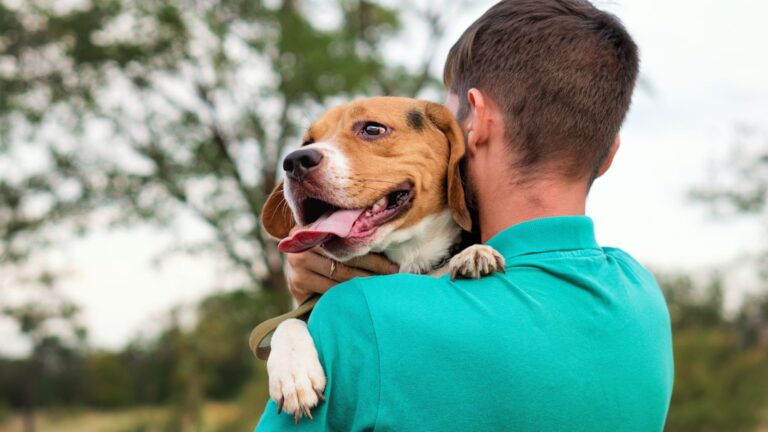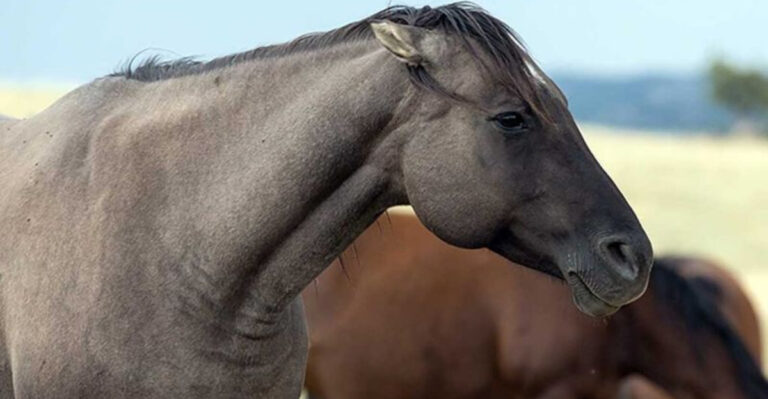8 Dog Breeds That Are Prone To Nervous Behaviors (And 7 Ways To Help Them)
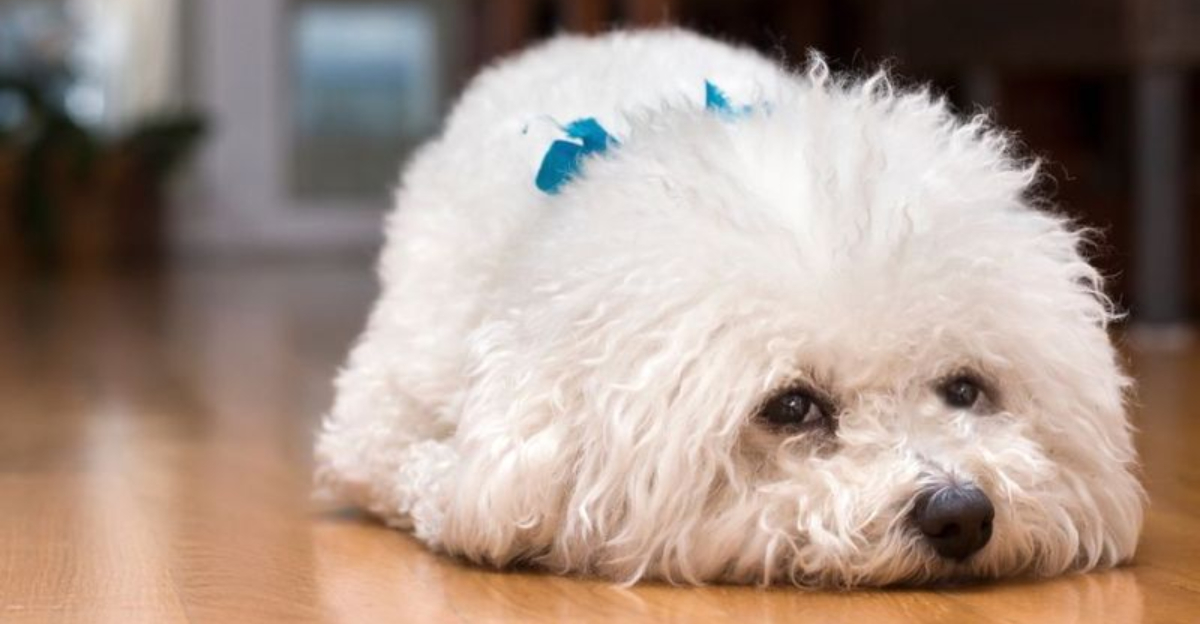
Just like humans, dogs can experience anxiety and nervousness too. Some breeds are naturally more prone to these behaviors due to their genetics, temperament, or history.
Understanding which breeds tend to be more anxious and learning effective ways to help them feel secure can make life happier for both you and your furry friend.
1. Chihuahuas: Tiny Bodies With Giant Worries
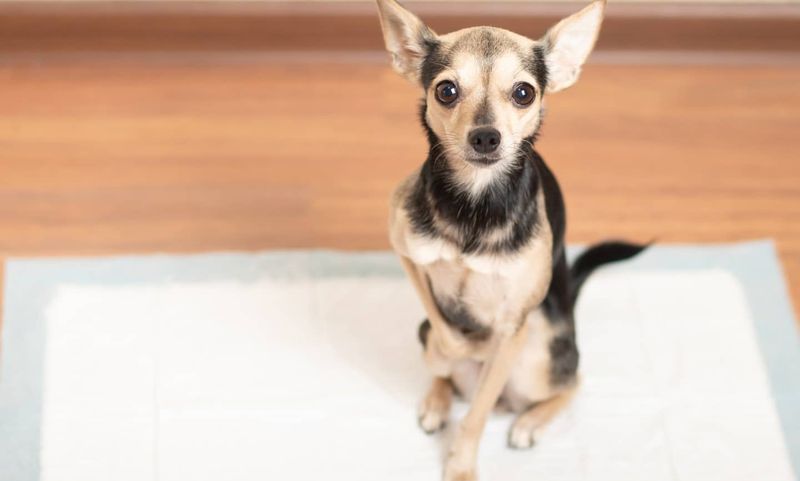
Chihuahuas might be small, but their anxiety levels can be massive. These pint-sized pups often develop strong attachments to one person and become extremely nervous around strangers or in new environments.
Their tiny bodies actually make them more vulnerable to stress, as they’re physically aware of their size disadvantage. Chihuahuas frequently express their nervousness through shaking, barking, or hiding.
2. Border Collies: Too Smart For Their Own Good

Border Collies possess intelligence that sometimes works against them. Their highly active minds need constant stimulation, and without it, anxiety quickly develops.
Originally bred to herd sheep all day, these dogs become stressed when they lack a job or purpose. You might notice obsessive behaviors like chasing shadows, circling, or staring intensely at objects when their brilliant minds aren’t properly engaged.
3. Bichon Frise: Separation Anxiety Specialists

Those fluffy white clouds known as Bichon Frises form incredibly strong bonds with their owners. The downside? They often suffer from severe separation anxiety when left alone.
Their history as companion dogs means they evolved to be with humans constantly. When a Bichon experiences separation, destructive behaviors like excessive barking, chewing furniture, or even self-harm through obsessive licking can emerge.
4. Greyhounds: Sensitive Speedsters
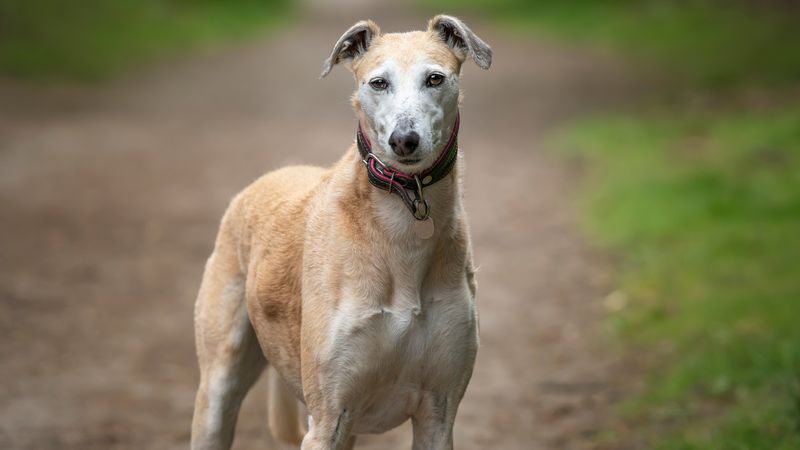
Beneath that athletic exterior lies a surprisingly sensitive soul. Greyhounds, especially those rescued from racing backgrounds, often carry emotional baggage that manifests as nervousness around loud noises, quick movements, or unfamiliar situations.
Their thin skin and low body fat make them physically sensitive too. Many Greyhounds startle easily and may freeze in place or try to bolt when overwhelmed, making them flight-risk dogs when anxious.
5. Shetland Sheepdogs: Noise-Phobic Herders

Shelties have extraordinary hearing abilities that make them particularly sensitive to sounds. Thunderstorms, fireworks, or even household appliances can trigger extreme anxiety in these herding dogs.
Their natural alertness, while useful for herding, translates to hypervigilance in domestic settings. Shelties often respond to noise-related stress by pacing, whining, or trying to herd family members to what they perceive as safety.
6. Cocker Spaniels: The Sensitive Souls
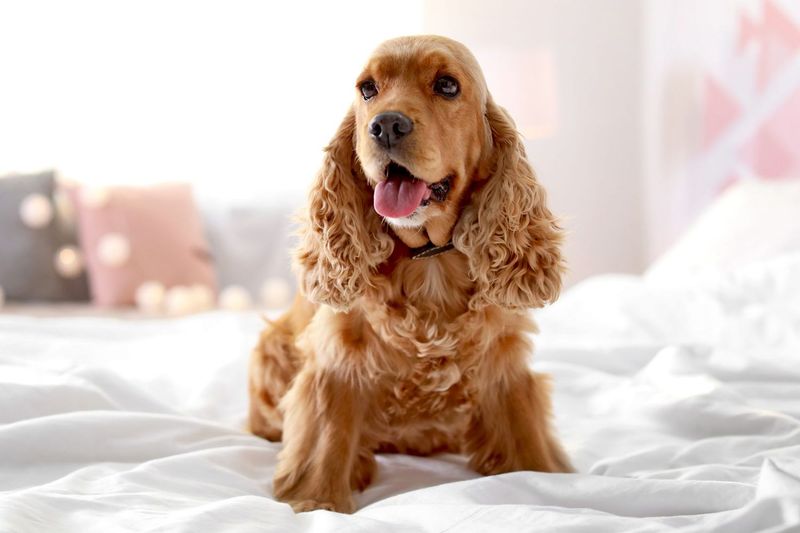
Those soulful eyes aren’t just for show. Cocker Spaniels experience emotions deeply and can develop anxiety from even minor household changes or tensions between family members.
Their gentle temperament makes them absorb stress like emotional sponges. When anxious, Cockers may exhibit submissive urination, excessive licking, or resource guarding behaviors that seem out of character for these otherwise sweet-natured dogs.
7. Toy Poodles: Brilliant But Brittle
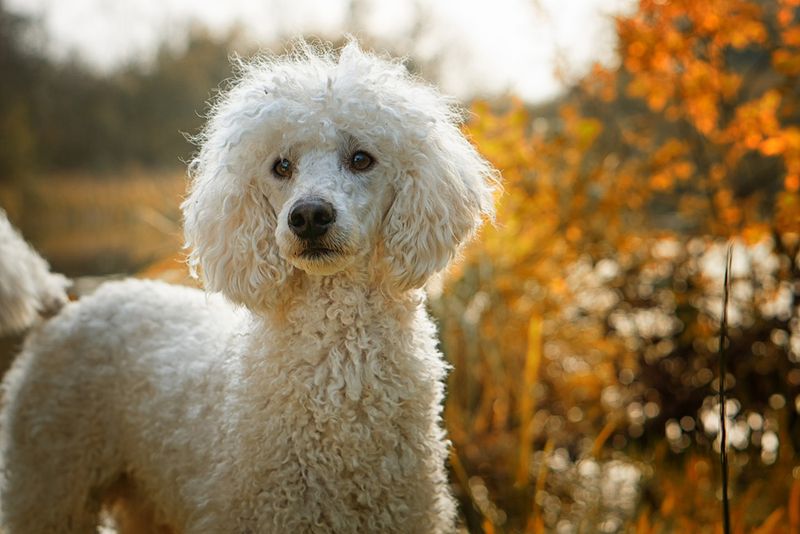
Toy Poodles combine remarkable intelligence with a delicate nervous system. This combination creates dogs that are quick to learn but equally quick to develop anxiety when routines change.
Their people-pleasing nature means they stress about getting things wrong. Many Toy Poodles develop compulsive behaviors like spinning or excessive grooming when anxious, and they’re particularly prone to developing phobias about specific objects or situations.
8. German Shepherds: Vigilance Turned Anxiety
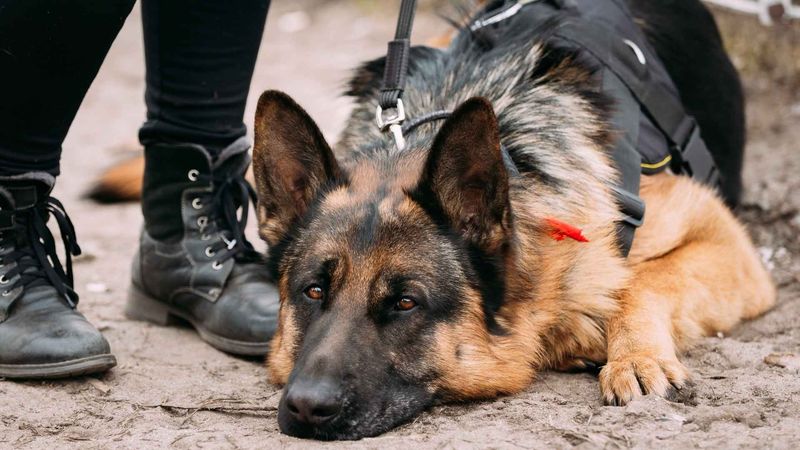
German Shepherds were bred to be vigilant protectors, but this trait can transform into problematic anxiety. Their natural alertness sometimes evolves into hypervigilance, making them unable to relax in perfectly safe environments.
Their powerful bond with family often leads to protective behaviors that stem from anxiety. When stressed, these intelligent dogs may pace, bark at phantom threats, or become overly reactive to normal stimuli like delivery people or neighborhood sounds.
9. Create a Calming Safe Space

Every anxious dog needs their own sanctuary. Designate a quiet corner or room with their bed, favorite toys, and items carrying your scent. This becomes their retreat during stressful times.
Make this space accessible but not isolated from family activities. Some dogs benefit from covered crates that create den-like security, while others prefer open beds with good visibility. The key is consistency so they learn this spot means safety.
10. Try Pressure Therapy With Specialized Clothing

Pressure therapy works wonders for many nervous dogs. Products like ThunderShirts apply gentle, constant pressure that creates a calming effect similar to swaddling a baby.
The gentle hugging sensation releases calming hormones in your dog’s brain. For maximum effectiveness, introduce pressure garments during mildly stressful situations first, not during peak anxiety. This helps your dog form positive associations with wearing the item.
11. Establish Consistent Daily Routines

Anxious dogs thrive on predictability. Create a consistent schedule for meals, walks, play sessions, and quiet times that your dog can count on every day.
When dogs know what to expect, their anxiety levels naturally decrease. Even on weekends or holidays, try to maintain similar timing for important activities. If schedule changes are necessary, introduce them gradually while maintaining familiar elements.
12. Practice Desensitization Training

Gradually exposing your dog to anxiety triggers at very low intensities can work wonders. Start with the trigger at such a distance or volume that your dog barely notices it.
Pair this mild exposure with treats, play, or affection. Slowly increase the intensity only when your dog shows comfort at the current level. This methodical approach teaches their brain that the scary thing actually predicts good experiences.
13. Use Calming Music And Scents

Specially composed dog music with simplified melodies and steady rhythms can significantly reduce canine stress. Classical music, particularly pieces by Bach, has been shown to calm anxious dogs in studies.
Pair music with calming scents like lavender or chamomile using pet-safe essential oil diffusers. The combination creates a multi-sensory calming environment. Many pet parents report success with specific anxiety-reducing sound playlists available on streaming services.
14. Provide Physical And Mental Exercise

A tired dog has less energy available for anxiety. Daily physical exercise appropriate to your dog’s breed and age helps burn nervous energy and promotes relaxation afterward.
Mental stimulation is equally important for anxiety-prone breeds. Puzzle toys, snuffle mats, and training games tire out busy brains. The combination of physical and mental exercise creates a natural, healthy tiredness that counteracts anxiety.
15. Consider Professional Help When Needed

Sometimes anxiety requires expert intervention. Veterinary behaviorists can develop customized behavior modification plans and may recommend supplements or medications when appropriate.
Professional trainers specializing in fearful dogs offer valuable techniques and consistent support. Never feel embarrassed about seeking help. Addressing anxiety early prevents it from becoming more severe and improving your dog’s quality of life is always worth the investment.

